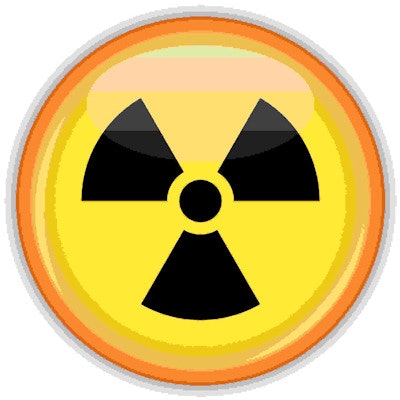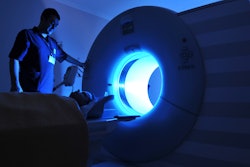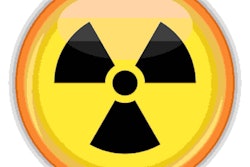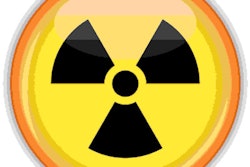
Managing CT radiation dose is key to good patient care, and there are at least seven strategies that radiology departments can put into place to do so, according to an article published February 25 in the Journal of the American College of Radiology.
These approaches to minimize patient radiation exposure on CT exams must be based on the organizational level, wrote a team led by Robin Whitebird, PhD, of the University of St. Thomas in St. Paul, MN.
"Optimizing CT dose within healthcare organizations is a complex effort requiring a variety of strategies to reach optimal goals," the group noted.
Whitebird and colleagues shared seven ways to best manage CT dose identified from interviews they conducted with 26 leaders from 19 healthcare systems in the U.S., Europe, and Japan. Of the 26 participants, 11 were radiologists, eight were medical physicists, five were CT technologists, and two were operational managers.
The team offered the following approaches:
- Modify CT protocols. 88% of interviewees cited the modification of CT protocols as a key strategy, suggesting synchronizing protocols to improve standardization and reduce practice variations in radiation dose for CT exams.
- Get radiologists and technologists on board. 81% of interviewees cited engaging radiologists and technologists as the primary strategy for managing CT radiation dose. "[Engaging] radiologists was viewed as a critical element for successful change," the authors wrote.
- Create a CT dose committee. 73% of study participants cited establishing a CT dose committee as a key strategy for managing CT radiation dose. "Respondents discussed the importance of a structured group effort for successful change," the team noted.
- Manage organizational change. 65% of interviewees stressed that managing organizational change using clear communication and education was crucial. "Respondents said that enhancing communication 'established a communication route' between individuals and departments."
- Offer leadership and support. Half of survey respondents referenced the importance of leadership and support in the effort to manage CT radiation dose. "Respondents noted that efforts that have 'lukewarm leadership buy-in' are not likely to work," Whitebird and colleagues wrote.
- Monitor and benchmark any changes. 38% of study participants emphasized the need for CT radiation dose management efforts to be monitored and benchmarked. "Monitoring data internally and then comparing that data to other organizations as a benchmark can provide new perspective on dose optimization," the researchers reported.
- Change equipment and work rules. 31% of study participants emphasized that investing in new equipment and changing work rules were important ways to manage CT radiation dose.
These seven approaches represent "a further step along the pathway of optimizing CT dose," according to Whitebird and colleagues.
"Taken together, these seven strategies present a potential framework for health care organizations to consider as they navigate the complex challenge of optimizing CT dose and make meaningful and sustained improvement in the care and safety of patients receiving medical imaging," they concluded.





















